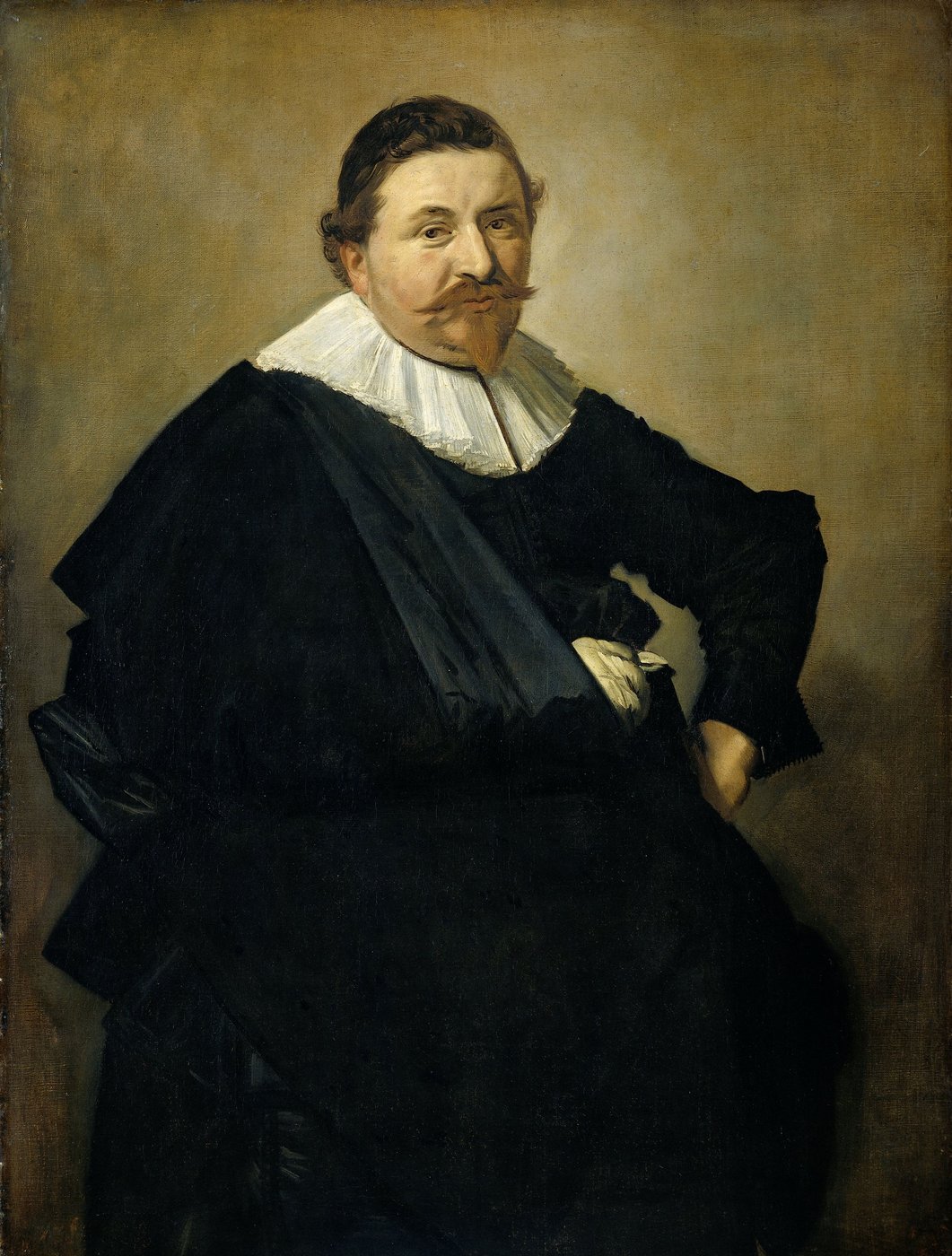Menu
Rembrandt and the Dutch golden age
masterpieces from the Rijksmuseum 11 Nov 2017 – 18 Feb 2018
Buy ticketsRuff Stuff

Origins
Ruffs are one of the most emblematic features of 17th-century Dutch dress. They originated in the 1560s – an evolution from small frilled collars to an independent accessory that could be wider than the wearer’s shoulders. They are also notable for being worn by both women and men as well as children. The ruff consisted of starched linen (cambric or lawn) which was shaped in a frame and folded (goffered) in elaborate patterns, at times reminiscent of the complexity of Japanese origami. Ruffs were at first attached to the collar but then became a separate item in the 1570s. They could be closed (fully round) – generally for the men – or open.
The ruff was seen as a Dutch-derived fashion and the starch that created it also a Dutch invention. The introduction of ruffs into English fashion in the 16th century led them to be compared by a moralist to ‘discloths’ that fell upon the shoulders of a ‘slut’. They were expensive and also conspicuous. Elizabeth I of England popularised enormous wired ruffs that rose above her face, indicating to us how the ruff always extends the borders of the body. Although the 16th century saw the height of the ruff’s popularity in England and Spain, it persisted as a fashion accessory well into the 17th century in its heartland, the Dutch Republic.
Enlarge
Black and white
In the famous examples we see in the exhibition, the white ruff provided the perfect contrast to the glossy black silks and expensive dyed woollen broadcloth favoured by that country’s burgers and merchant class. As historian Simon Schama has explained, the Low Countries were brilliant at managing their wealth strategies via a type of inconspicuous consumption. Things looked simple, but the fine details, gradations and materials indicated status and fashion mannerism.
Ruffs were made of cambric or lawn and could be edged with lace of various qualities, much of it extremely expensive. The whiteness of linen connected the Protestant body to the Christian church: white was a symbol in Western liturgical culture of purity and also sacrifice. White also had to be maintained, through the management of linen that the Dutch excelled in, mastering bleaching and sun drying when possible, as well as the famous Dutch mangle or press for ironing. Goffering irons were used to shape the ruff, which were also sometimes supported by wired underpieces. Starch, which was a new invention of the time, was generally white, sometimes coloured yellow or blue for novel effect.
Enlarge
High maintenance
If some of the portraits here look sober, we should remember how much time and money was expended on this fashion that spread beyond Dutch borders, but remained quintessentially of the Dutch Republic. The taste for the effect of ruffs continued in the 18th century when they shrank and became associated with the trimmings of sleeves and dresses. Dutchmen were caricatured well into the 19th century as wearing the ruff. Fallen collars for women, sometimes called ‘Medici collars’, in the following centuries continued right up until 1980s fashion, popularised by Princess Diana and also known as ‘pie crust’ collars. Ruffs are still worn by pastors in parts of the far northern Lutheran Church in Europe. And if you take out a trimmed handkerchief of spotless white linen today, a dying habit in the age of Kleenex, you are perhaps continuing an age-old tradition.
EnlargeDr Peter McNeil is distinguished professor in design history in the School of Design at the University of Technology Sydney. He is a major figure in art, fashion and design history, and has been described as the world’s greatest expert on 18th century men’s dress. Recently he has published ‘Pretty Gentlemen: Macaroni Men and the 18th-century Fashion World’ (2017) and ‘Fashion Journalism: History, Theory and Practice’ (2017).
Enlarge
